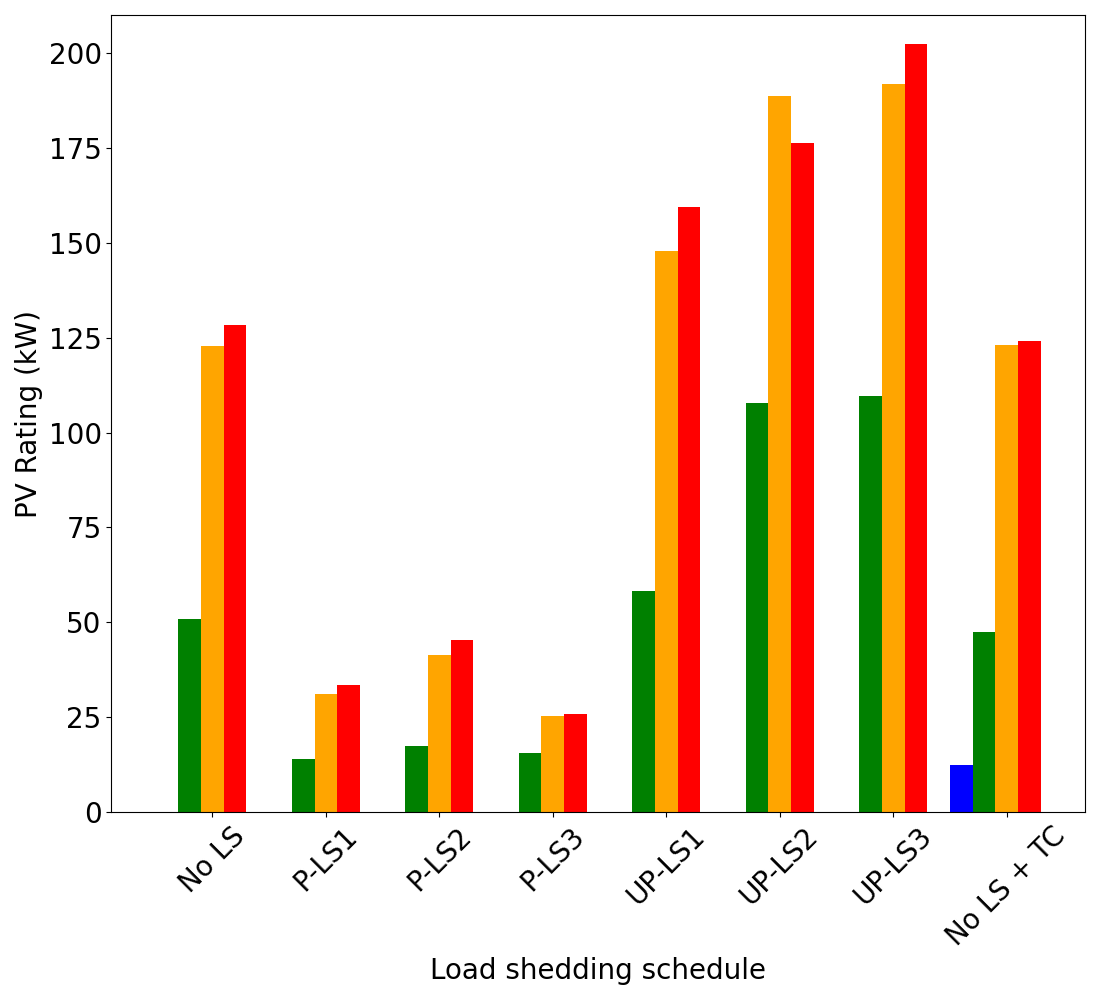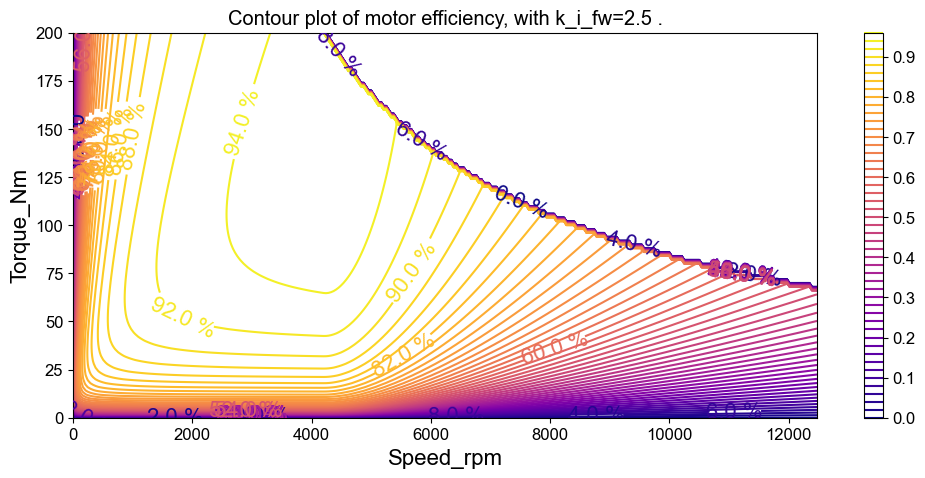
Energy and Power Group (EPG)

Chris is passionate about the decarbonization of the global economy and the electrification of transportation systems. His research focuses on the intersection of energy systems and economic development, and the role of energy in economic growth and the alleviation of poverty. Energy systems around the world are developing rapidly and being delivered for the first time to many communities, and Chris is excited about possibilities for new technologies to drive emerging value chains.
Chris is currently researching technical and economic challenges associated with public transport electrification in the developing world in his PhD thesis "Technoeconomic assessment of paratransit in Sub-Saharan Africa". He is in partnership with Stellenbosch University in the development of the first commercial battery electric retrofit for minibus taxis, which are the main mode of transport in sub-Saharan Africa.
In the future, Chris plans to expand his work into other energy systems, help building technologies and ways to bring energy to the developing world.

Paratransit, in particular the minibus taxi, is the mainstay of public transport in sub-Saharan Africa. These vehicles are often second-hand, ageing, fuel inefficient, and expensive to operate - issues that electrification can ameliorate. However, modeling and planning large-scale transitions to electric paratransit require reliable estimates of vehicle energy consumption. This paper provides such estimates by applying a vehicle kinetic model to per-second GPS data gathered on minibus taxis. Data include 62 trips across three routes with different driving conditions near Stellenbosch, South Africa. We find a range of energy consumption from 0.29 to 0.51 kWh/km (mean = 0.39 kWh/km). Past estimates in literature relied on per-minute GPS data, which we show leads to inaccurate energy consumption estimates. We recommend new kWh/km values for modeling vehicle operations and grid impact, and discuss how future work can utilize our analysis to advance the transition to electric paratransit sub-Saharan Africa.

Sub-Saharan Africa (SSA) is faced with the challenge to integrate e-mobility into its paratransit (its informal mass transit). Old, unsafe, fuel-inefficient, polluting minibus taxis are the cornerstone of daily commuting for millions in the region. Planning for electrification requires accurate high-frequency mobility data, which is currently unavailable. We analyse and improve on existing simulation models, which predict the energy usage with a micro-traffic simulation, SUMO, that up-samples low-frequency mobility data. We show that, compared to using measured mobility data, the current simulation approach overestimates energy expenditure. Results show a mean energy expenditure per distance overestimation of 14%, and mean energy per trip overestimation of 46%. We identify and virtualisation errors in the current driver and infrastructure models, and identify shortcomings of imposing a virtual road network with simulation software in the SSA context. We recommend and demonstrate virtualisation improvements for accurate electro-mobility planning in future.

Paratransit plays a critical role in meeting transportation needs in many cities in sub-Saharan Africa (SSA). However, it faces deep issues related to pollution, congestion, accidents, and lack of infrastructure. Understanding the driving patterns of paratransit in SSA can provide valuable insights into the transportation challenges faced in the region, which is particularly relevant given the increasing focus on sustainable transportation solutions in Africa. Representative driving cycles, which provide a realistic simulation of the driving conditions a vehicle is likely to encounter, are key to framing policies for efficient transportation management, vehicle design, and urban and regional planning. However, cycle development has been limited in SSA due to a lack of data and standardized testing procedures. This study develops a representative driving cycle using GPS data gathered on paratransit vehicles traveling around Stellenbosch, South Africa, providing a benchmark for evaluation and a platform for further research and testing in SSA's dominant transport industry. A novel time series shape-based clustering methodology is employed that all combines dynamic time warping and mixed integer programming to cluster micro-trips of varying length based on their time series shapes. Representative segments from each cluster are stitched together with a maximum likelihood approach to curate the final cycle. By including transients from the measured data in cycle development, this approach to representative driving cycle development is particularly suited for the notoriously unconventional and aggressive driving style of paratransit.

Paratransit provides the majority of road transport in South Africa and many other countries in the sub-Saharan African region. However, perceptions of electric vehicles (EV) and the factors that influence EV adoption intentions for paratransit owners and drivers have yet to be explored. The aim of this study is to provide insights that can inform policies and strategies to promote EVs in the region. To achieve this, we collected 4,452 survey responses from paratransit owners and drivers in South Africa. Only 38\% of respondents expressed a willingness to purchase an EV when they become available. Using structural equation modeling, we test eleven hypotheses regarding the factors that influence EV adoption intention, based on an innovative integrated framework of consumer behavior. The results show that risk perceptions, environmental considerations and perception of cost have the strongest influence on EV adoption intention although many factors come into play, with ten out of the eleven hypotheses being supported. The most salient takeaway from the model output is that interventions that emphasize safety and business advantages of EVs will be the most effective at improving EV adoption intention, but that a diversity of thoughtful approaches will be necessary to ensure significant lasting change in this area. Finally, we use the coefficients from the structural model to simulate the effects of example interventions on EV adoption intention, and offer sensible guidelines for formulating targeted promotional strategies that will address the principal concerns of paratransit owners and drivers regarding EVs.

Paratransit is the dominant mode of road transport in sub-Saharan Africa. Research and commercial interest in paratransit electrification have been increasing exponentially in the past several years. However, for fleet owners in developing nations like South Africa, fleet electrification may be expensive and operationally risky due to frequently interrupted electricity access caused by load shedding. One possible solution for mitigating these financial and electrical risks while reducing carbon footprint is via co-located photovoltaic-energy storage-charging stations (PV-ES-CS). This article assesses the feasibility and economic performance of PV-ES-CS in South Africa under varying conditions of load shedding and levels of fleet electrification via a capacity optimization model. Feasibility is found to be relatively similar across the board, with the PV-ES-CS system being infeasible below 50% fleet electrification in all scenarios save one. However, the benefits are found to vary depending mainly on three axes: level of fleet electrification, whether load shedding is planned or unplanned, and battery management. The optimal system sizes, cost savings, and energy savings are greater in scenarios with greater fleet electrification, unplanned load shedding, and more sophisticated battery management. The proposed methodology and open-source model are useful for the assessment of PV-ES-CS that may be affected by load shedding or interested in incremental fleet electrification. The results are useful for illustrating the range of depending on operating conditions.

This study focuses on using high-fidelity tracking (GPS) data obtained to design electric powertrains, mainly for retrofit applications. The process involves capturing the driving cycle of an internal combustion engine vehicle and simulating a theoretical electric drivetrain. This enables engineers to determine the electric powertrain's expected efficiency, aiding in component selection and optimization for electric vehicles. Key steps in the method include: